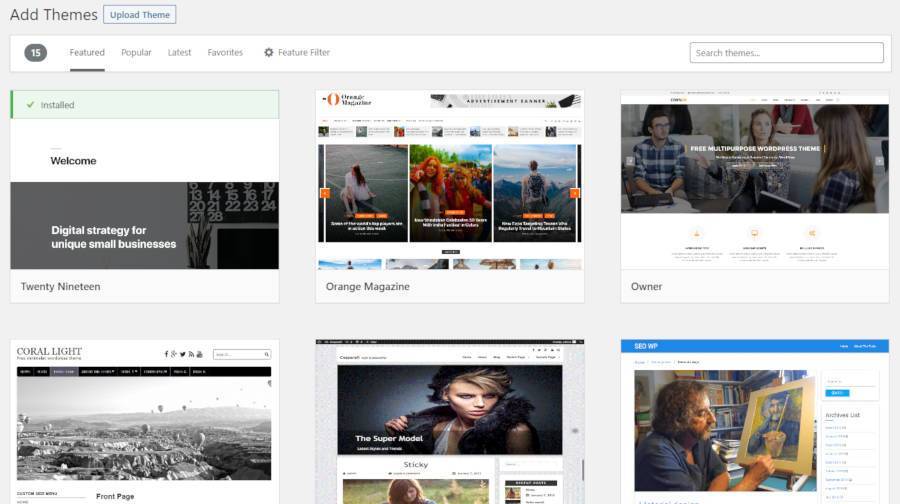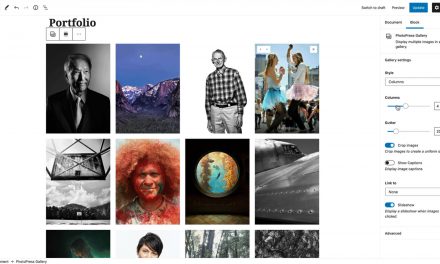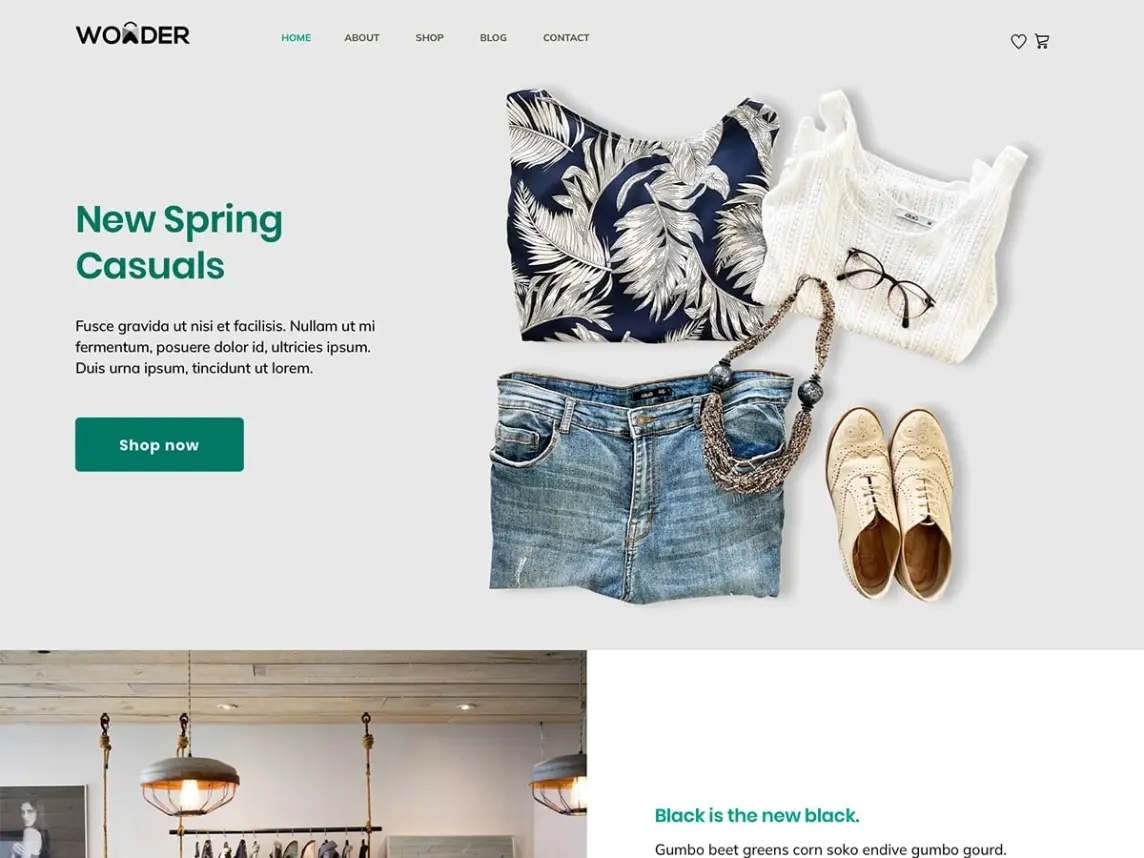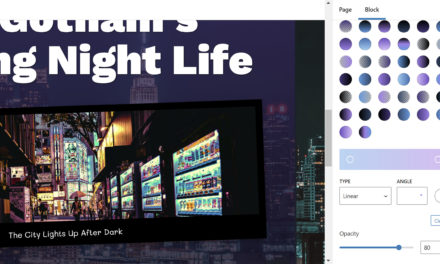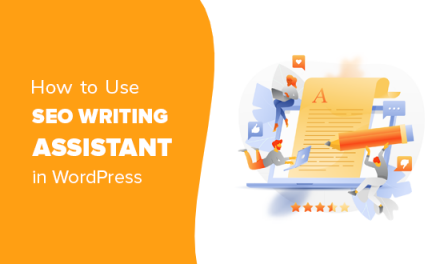Themes are the face of WordPress.
Like it or not, the average user is more interested in what their site looks like when they first begin using the platform than what the thousands upon thousands of plugins can do for them. Perhaps that’s unfair to plugin developers — there are more exciting things happening in the plugin world right now — but it is what it is. Themes are visual, and they are what sell the platform to people who just want a site that looks good.
While WordPress is massive, I can’t help but think that it is losing out on more users because such users are not always presented with solid options for their site’s design out of the gate.
Most of the default Twenty* themes are good introduction themes for first-time users, but they are not to everyone’s tastes.
I’ve worked with numerous users who were setting up their first WordPress site over the years. Today, many similar people use a pre-installed script to launch WordPress from their web host. Much of the initial work is done for them. Often, they are unfamiliar with the WordPress community and what is available out there. They don’t know how to find, buy, and install a theme from a reputable commercial theme business.
What they do is head over to the add-new theme page in their WordPress admin, and they are presented with the “Featured” themes list.

Sometimes a user gets lucky. Other times it is a crapshoot.
For several years now, the official WordPress theme directory has shown a random list of themes from the 7,000 or so themes available.
While themes in the directory undergo a strict code review, there is no quality control on design. That is a good thing because it allows designers at any level to contribute to the platform. Open source communities should always have an open contribution process, and themes are one area that many developers get started with WordPress.
However, the term “featured” implies that there is something particularly special about those themes. They should be distinctive in some way. They should be a cut above the rest. That’s not what we have today, and it’s not what has been presented to users for the last half decade.
This is a huge missed opportunity.
Today, web hosts have started taking over this role. Whether it is GoDaddy’s onboarding process with their custom Go theme or WP Engine with the Genesis framework, hosts are doing the job that WordPress.org couldn’t manage to get together.
How Featured Themes Became Random
In the 2013-2014 era, the WordPress theme review team (TRT) was trying to find a way to get more people to contribute to the review process. By that time, themes had become big business and more theme authors were submitting themes to the directory. The team implemented a program that allowed the top reviewers each month an opportunity to pick the featured themes.
The program’s original intention was for reviewers to select a theme they liked during reviews. The best-laid plans…
The problem was that nearly all of the top reviewers were theme authors. Their incentive for doing reviews was to get their themes featured. Big theme businesses stood the most to gain. They could put multiple reviewers to work who would knock out review after review.
It wasn’t a level playing field. Even if it had been, the featured themes list was being taken over by business interests via a pay-to-play system. Those with the most resources would always come out on top.
Theme companies featured on WordPress.org were already raking in cash at that point. Zerif Lite, a theme in the popular list just two years later in 2016, reported north of $100 thousand per month from upsells. Even at one-tenth of that number, it is enough incentive for any businesses to play the system to their advantage.
In April 2014, the program was shut down because reviewers were choosing their own themes and repeatedly featuring the same themes. The featured list then began showcasing a new set of random themes every day.
Randomly-chosen featured themes levels the playing field for every theme author. However, it doesn’t showcase the best that WordPress has to offer.
A Curated List of Themes Coming Soon
The TRT decided in their team meeting yesterday on a change in how featured themes are handled. Denis Žoljom wrote in the meeting notes that the team would try a curated list for a few months to see how the WordPress community responds.
The current plan is to hold a meeting every two or three weeks where people can recommend themes to be featured based on their design, code quality, and potentially other merits. The team reps would pick from the recommendations.
The reps are still deciding how to best handle any foreseeable issues before the new program begins. The team was divided over whether there should be a curated list and what the criteria might be for such a list. The biggest concern is over the potential for abuse and conflicts of interest. These and other problems will be something the reps will need to figure out.
The general consensus seems to be that featured themes would not have any upsells or other commercial aspects. That could limit the pool of potential themes considerably because many theme authors have some sort of commercial interest in having their themes hosted in the official directory.
I welcome the change from seeing random themes every day. I want to see the diamonds in the rough that get buried beneath big business and themes that dominate the landscape in the separate popular list. I want to see theme authors who are building unique themes front and center.
The big question is whether this change will help users find that perfect theme for their sites.

